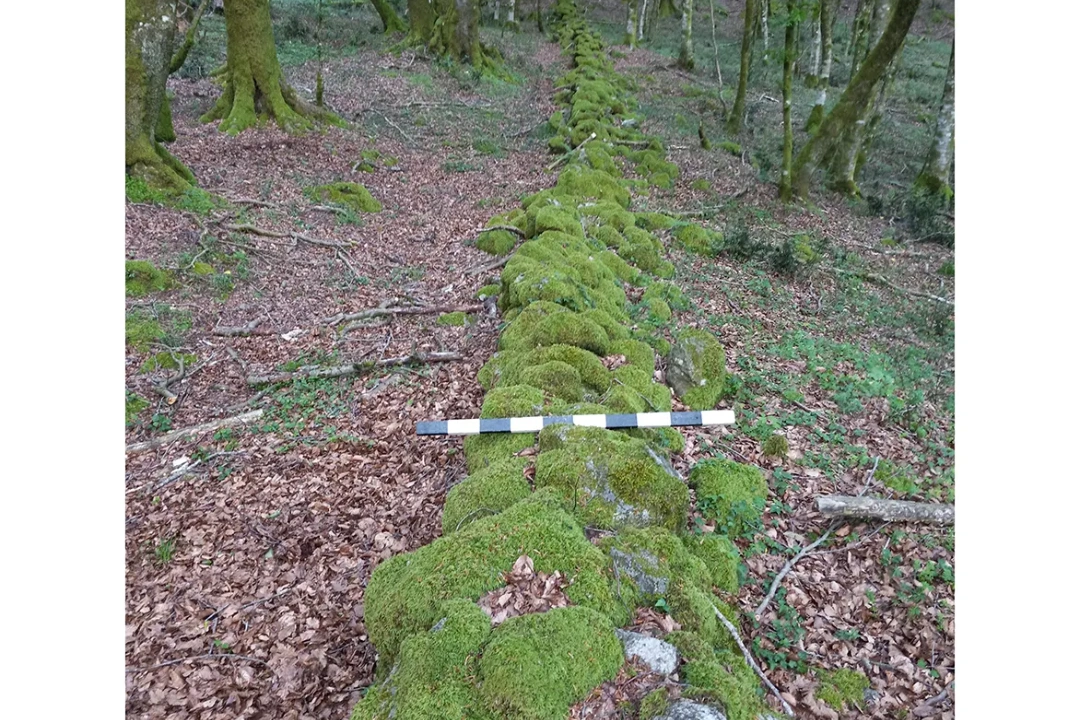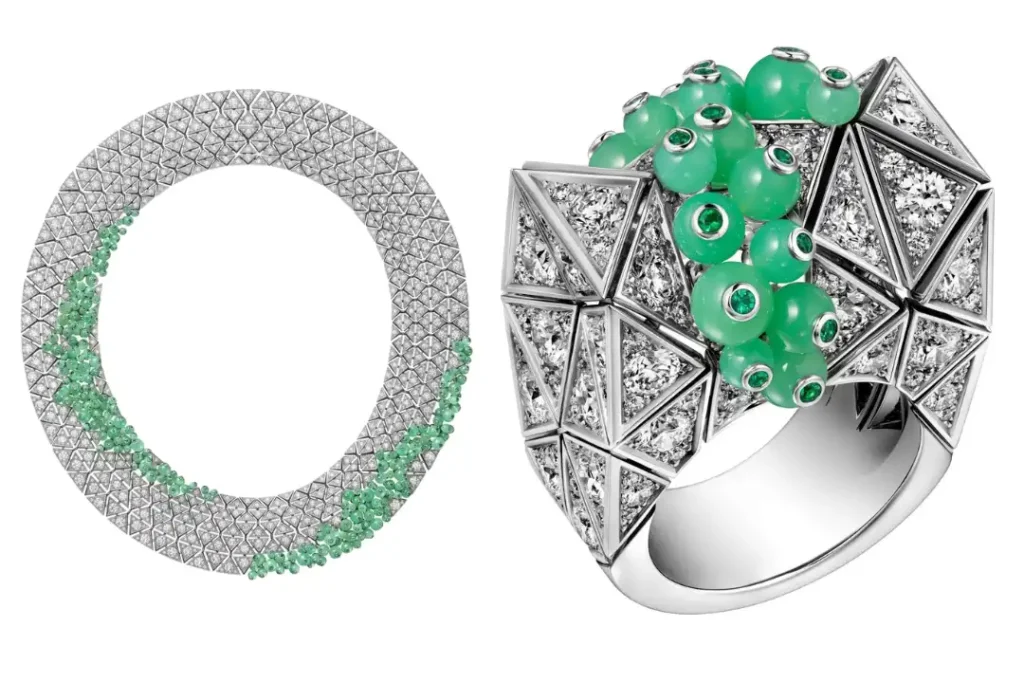A stone wall built by the Roman army to defend against the slave revolt led by gladiator Spartacus and his men has been identified by archaeologists in an Italian forest.
Discovery in the Dossone della Melia Forest, Italy
Local environmentalists who stumbled upon the wall alerted archaeologists, who used advanced radar, laser scanning methods, and soil sample analysis to gain greater insight into the site.
Roman Defense Systems in the Dossone della Melia Forest
The ditch and mound (or fossa and agger, respectively) were common Roman defense systems. This particular stone wall and earthwork stretch nearly two miles through the Dossone della Melia forest in Italy’s Calabria region, with a deep ditch once running parallel to the wall. “The wall is a sort of barrier due to its topographic location and other factors, like the absence of gates,” Andrea Maria Gennaro, the archaeology superintendent with Italy’s Ministry of Culture, told Live Science. “It divides the entire large flat area into two parts.”
Roman General Marcus Licinius Crassus and Spartacus
Researchers have determined that Roman general Marcus Licinius Crassus constructed the wall and ditches in 71 BCE to contain Spartacus and his army. Historical records, such as The Life of Crassus by Greek philosopher Plutarch, document these efforts. Experts believe that Spartacus would have attacked the wall to break through Crassus’s trap.
Spartacus’s Escape and Rebellion
“After trying to go to Sicily, Spartacus was unable to move along the coastal roads due to the presence of Romans. The only way to escape the peninsula was by crossing Aspromonte,” a mountain in Italy, explained Gennaro. Spartacus, along with some 70 enslaved gladiators, escaped from a school in Capua and led a series of slave rebellions against the Roman Republic, known as the Third Servile War. Although ultimately suppressed, Spartacus led numerous successful battles through the Italian countryside, posing a significant threat to the Romans and prompting the creation of the Roman Empire.
Evidence of Battle in the Dossone della Melia Forest
Additionally, the team discovered several broken iron weapons, such as sword handles, large curved blades, javelin points, and a spearhead—evidence of fighting at the site, according to the Archaeological Institute of America.
Insights into Roman Military Tactics
“We started studying weapons recovered along the wall, and the closest comparisons are with weapons from the late Republican period,” Gennaro added. “We believe we have identified the site of the clash.”
Historical Significance of the Discovery
This significant discovery offers a deeper understanding of the historical events surrounding Spartacus’s rebellion and the Roman army’s efforts to suppress it. The findings shed light on the tactics and strategies employed during this tumultuous period, providing invaluable insights into ancient history.














Meriem Bennani Solo Exhibition at Fondazione Prada in Milan